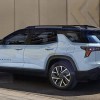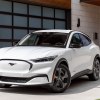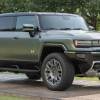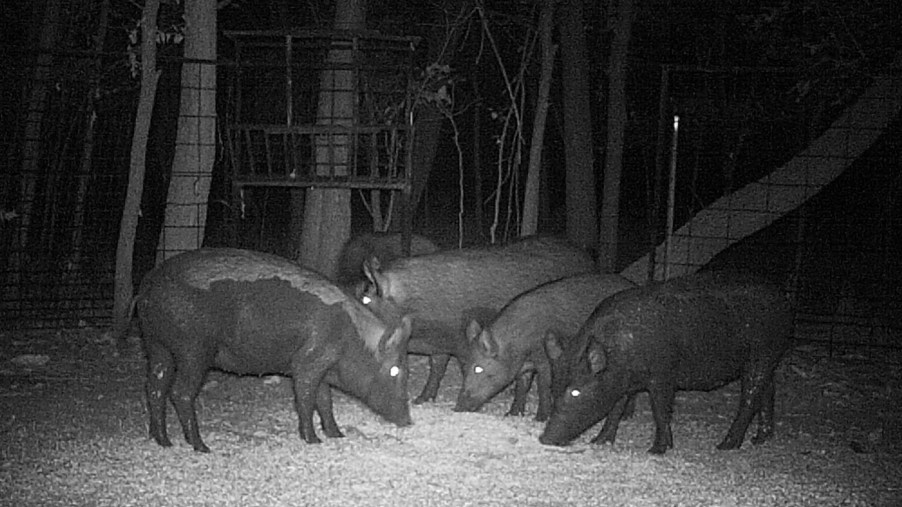
Feral Hogs Are Back and Worsening Climate Change by Spewing More Pollution Than 1 Million Cars
A 2019 tweet meant to address gun control quickly turned into something else. A man’s response to the tweet quickly went viral when he said he had a feral hog problem at his home. The tweet became an immediate sensation. Someone made a video game, and Slate published a feral hog–themed riff on a classic short story.
In short order, feral hogs began trending on Twitter. The man’s tweet was succinct, and the image it conjured was bonkers, but it brought a bigger problem to light. That’s right: Feral hogs are spewing more pollution on the environment than a million cars. And it’s not a problem that EVs can fix.
A little tweet about feral hogs highlights a big problem
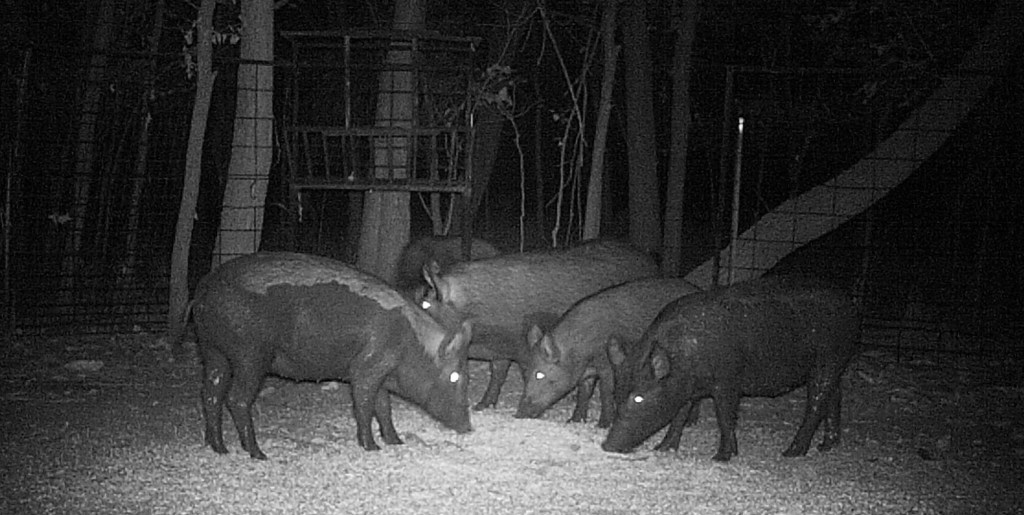
The feral hog is the same as the domestic pig, or Sus scrofa, found on any farm. Settlers introduced wild pigs to the United States in the 1500s. Their numbers remained stable and contained to the Southern states until about 1990. Since then, numbers have steadily increased and have spread to 48 states. Feral hogs are now considered an invasive species. They not only affect crops and wildlife but also contribute to CO2 pollution.
Feral hogs ravage crops, obliterate local recreational areas such as parks, destroy native habitats, and kill other wildlife like baby deer and turkeys. According to the USDA video “FERAL SWINE: Manage the Damage,” the animals now cause annual damage of more than $1.5 billion in the United States. And experts warn the problem could grow worse. In June 2019, the USDA announced it’s offering $75 million in funding to eradicate and control feral swine.
Feral hogs spew more pollution than a million cars
According to a new study by the University of Queensland, feral hogs release the equivalent of 1.1 million cars’ worth of carbon dioxide each year just by rooting around in the dirt, ScienceDaily reports. Soil is rich in carbon dioxide, and large-scale human agricultural activity — such as tilling for farming — disturbs the soil, bringing up carbon stored underground and releasing it into the air. Multiply this by millions of pigs doing the same thing, and we’ve got a major problem.
What can be done about the problem?
States are coming up with inventive ways to control the feral hog problem. For example, Texas allows hunters to kill wild pigs all year without limits. Hunters can also capture the hogs alive to take to slaughterhouses to be processed and sold to restaurants as exotic meat. Many are shot from helicopters. The goal is not to eradicate the pigs but to lower the population to pre-1990 numbers.
The Arkansas Game and Fish Commission has recommended large-scale trapping as the most efficient and economical way to reduce feral hog populations in the state. It also recommends that individuals hunt and shoot the hogs to chase them away from crops. With this method, the pigs return, so it’s not a permanent solution. Researchers are monitoring the situation and trying to develop more humane ways to control the population, such as sterilization.
The feral hog tweet went viral for its eyebrow-raising topic, but it pointed to a larger issue that most people probably were unaware of. Since the problem has become more mainstream, people are taking the issue seriously and devising steps to control the wild pig population. It’s hoped these steps will reduce carbon emissions and help farmers whose crops are damaged by the out-of-control feral hog population.
